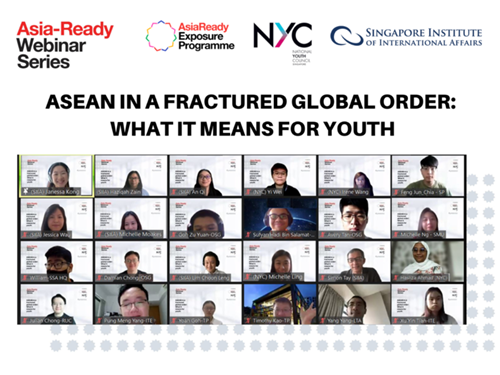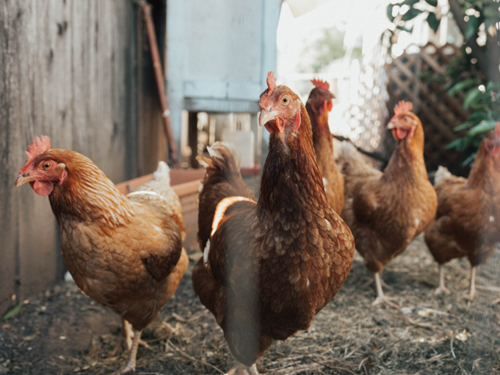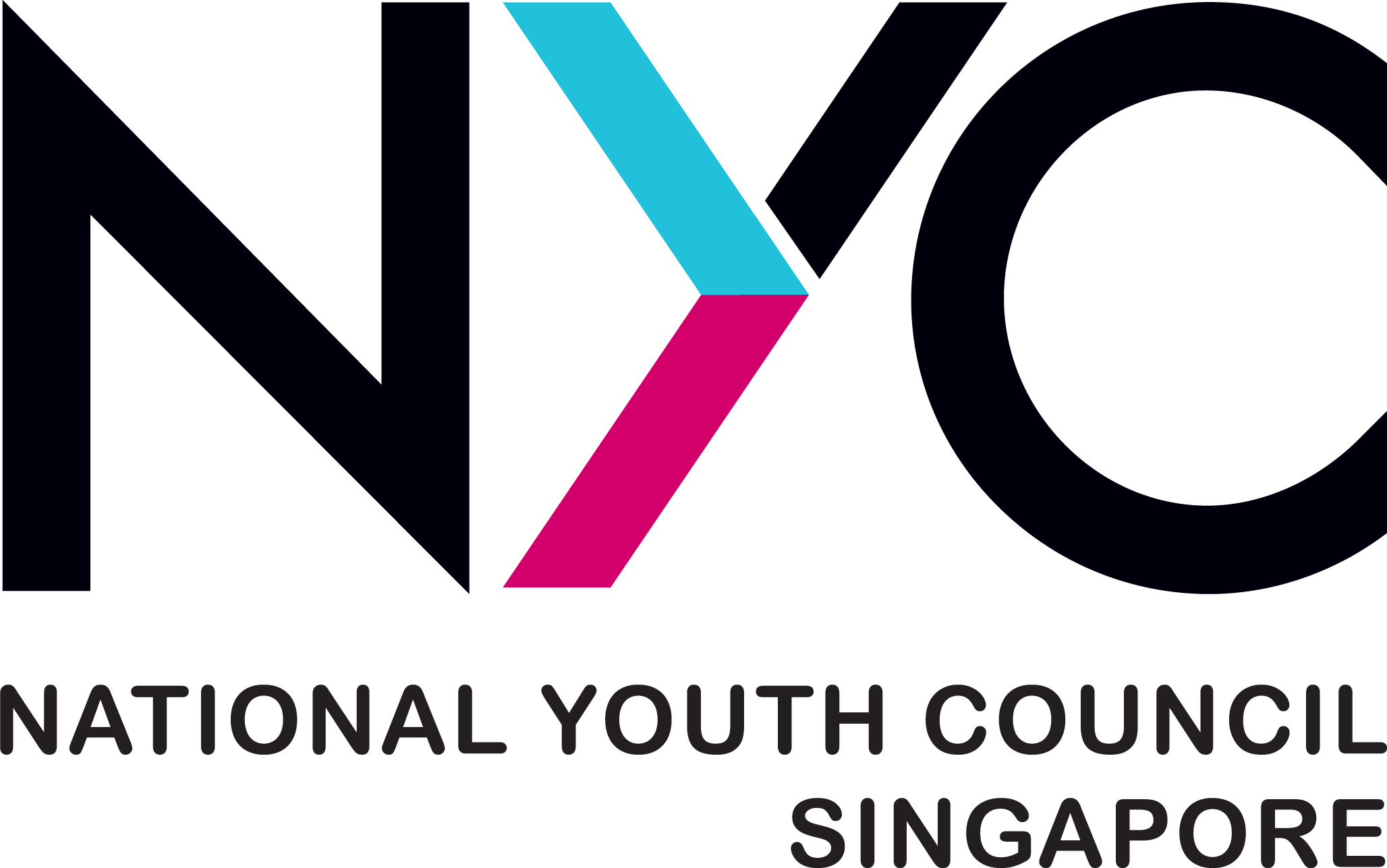Impacts of the Russia-Ukraine situation and how ASEAN countries can respond
17 June 2022
Some of the implications that arose from the situation between Russia and Ukraine include price inflations and global supply chain disruptions.
Written By: Nyi Htet

Impacts of the Russia-Ukraine situation and how ASEAN countries can respond
In light of the on-going situation between Russia and Ukraine, the idea of a volatile, uncertain, complex and ambiguous (VUCA) world has become even more prominent this year.
As such, it is important for ASEAN countries to keep up to date with the geopolitical situation happening around the world due to the numerous implications that the conflict as well as the existing geopolitical tensions between the United States and China have on the region.
These were some of the issues touched on at the ASEAN in a Fractured Global Order: What It Means for Youth webinar on Saturday (Jun 11).
The hour-long webinar is a part of the Asia-Ready Exposure Programme organised by the National Youth Council (NYC), in collaboration with the Singapore Institute of International Affairs (SIIA).
It was moderated by Miss Janessa Kong, a Policy Research Analyst at SIIA, while their Chairman, Associate Professor Simon Tay was the keynote speaker.

Youth from various Institutes of Higher Learning (IHLs) attended the Asia-Ready Webinar on Saturday. PHOTO CREDIT: NATIONAL YOUTH COUNCIL
Miss Kong pointed out that some of the recent trends which emerged due to the Russia-Ukraine conflict include inflation and disruptions in supply chains.
“The supply chain — the global economic system that links us — that brings goods to our door is truly global and what is happening there is already having effects,” explained Assoc Prof Tay.
These were trends that had already emerged for some time.
“We’ve been in a pandemic across the world, which artificially suppressed prices, and yet also, at the same time, really stretched and strained our supply chains,” said Assoc Prof Tay.
He highlighted that in certain cases, countries were taking care of their own people while deprioritising their obligations to their neighbours and the rest of the world, further putting the global supply chain under pressure.
Consequently, he added that while Singapore’s economy is the richest per capita in our region, it is still considered small by absolute size. As such, Singapore has to consistently find ways to mitigate the impacts that have arisen from the ongoing conflict between Russia and Ukraine.
Diversifying our food imports
One of the strategies that Singapore has adopted to mitigate some of these impacts, is to seek various sources of food imports across the world.
This was evident in 2020 when Singapore brought in shipments of eggs from Poland after the supply from Malaysia was disrupted due to its nationwide movement control order during the pandemic.
Despite the recent disruption in exports from Malaysia, Singapore was also able to swiftly import chickens from Brazil — one of the country’s major sources.
He said: “While there are concerns, I would like to reassure ourselves that every effort is being made by the private sector as well as the Government to secure our supply chains.”

According to the Singapore Food Agency, Singapore imports over 90 per cent of the food consumed in Singapore. PHOTO CREDIT: WILLIAM MORELAND VIA UNSPLASH
A quick search online revealed just how much is being done to ensure that Singapore is not overly reliant on a single country for import.
Singapore’s food importers leverage the nation’s connectivity and the global free trade environment to import from multiple sources in approximately 170 countries worldwide. This included countries like France, the United Kingdom and Indonesia.
Assoc Prof Tay further shared that food security is a challenge for Singapore and noted that it was important for the country to adjust and ensure that every citizen is taken care of and not just those who are affluent.
Collaborating while staying neutral
In response to a question on the need for multilateralism, Assoc Prof Tay stated that instead of an “either, or” approach, Singapore should adopt an “and” approach.
Taking the US-China relations as an example, what he meant is that the country will need to find ways to cooperate with both the US and China on different occasions. It is a form of hedging and balancing which would allow Singapore to maintain diplomatic relationships with both countries.
For example, he noted that Prime Minister Lee Hsien Loong visited the US (to meet with President Joe Biden) and that President Halimah Yacob attended the Winter Olympics in China as an act of friendship.
“As tensions between America and China grow, we can nevertheless try to find a space and also start our own cooperation,” said Assoc Prof Tay.
He also highlighted the US’ focus on the Indo-Pacific Economic Framework where Singapore is one of the participating nations.

The Indo-Pacific Economic Framework is a US-led framework to solidify relationships between participating countries and engage in economic trade in the region. PHOTO CREDIT: CYTONN PHOTOGRAPHY VIA UNSPLASH
Additionally, Singapore is also working with various ASEAN countries and those beyond the region to facilitate closer cooperation, such as the signing of digital economy partnership agreements with countries like Chile, New Zealand and Australia.
Assoc Prof Tay also added that Singapore has previously made efforts to reach out to small island states such as the Bahamas and Vanuatu.
“There are many partnerships that we can and need to form for both opportunity and to handle the global commons and the emerging risk,” said Assoc Prof Tay.
A silver lining
Not all is bleak though.
Assoc Prof Tay observed that our region remains a “relatively bright spot” if we look globally. This includes the positive demographics of the region and the willingness of people to invest in it.
Additionally, he believes that Singapore has multiple advantages which cements our place in the world.
He said: “Singapore has a degree of strengths in its talent, in its people, in its resources or finance, its companies, and our hub status.
“We can navigate this complex and disruptive world.”
For more information about the Asia-Ready Exposure Programme, click here.
